A Contemporary French Textile Odyssey
June 1, 2015
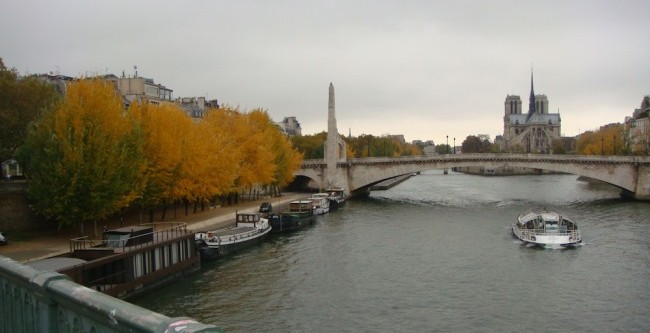 France has a long, rich history of textile production, but the contemporary fiber movement is less than prominent. This always surprises me, since it was Jean Lurçat who fathered the 20th century revival of tapestry – and the Lausanne Biennales of 1962-1995. The occasional textile art I see in Parisian galleries includes works such as Marie-Hélene Guelton’s shibori-infused art with a refined sense of hand and material, shown below.
France has a long, rich history of textile production, but the contemporary fiber movement is less than prominent. This always surprises me, since it was Jean Lurçat who fathered the 20th century revival of tapestry – and the Lausanne Biennales of 1962-1995. The occasional textile art I see in Parisian galleries includes works such as Marie-Hélene Guelton’s shibori-infused art with a refined sense of hand and material, shown below.
In autumn 2014, I traveled to Angers for Asie/Europe 2: Art Textile Contemporain at the Jean Lurçat Museum. There I saw wonderful works by Japanese artists and representatives of 11 European countries. Curator Françoise de Loisy’s tour of the exhibition elucidated 6 cohesive themes in this diverse collection: Feminine Presences, The Artifact: the eye and the hand, Memories of the Forest, Images, Textures and A Garden.
In the exhibition catalogue, artist/curator Erny Piret wrote of innovative technique, sculptural presence, transparence, relative monochrome and restraint as curatorial criteria for selection of work. The European voices complimented their Japanese colleagues (example shown below) in this important – and elegant – exhibition.
Also on view were Thomas Gleb’s paintings and the tapestries woven from them 40 years ago (below). His paintings are uniquely suited to translation into fiber medium, undoubtedly due to his training as a weaver in his native Poland. Gleb’s quiet abstraction remains appealing today.
In the adjacent Hôpital Saint-Jean hangs Le Chant du Monde, Lurçat’s magnum opus of 10 huge apocalyptic tapestries defining man’s place in the universe in the 20th century (below). Whether one is attracted to his style or finds it dated, the sheer monumentality of these tapestries demands respect.
Nearby is a single tapestry workshop, the Atelier des Liciers Angevin, founded in 1980 by graduates of the textile program at the local university. Originally, Angers boasted 8 or 10 such workshops. This last remaining one is home to 4 artists. Helène Delachenal-Vilain’s work deals with time and music – and includes real keys and instrument parts. Martine Plait’s charming tapestries show her expertise as a colorist (below and at bottom).
Michèle Le Ru works in woven linen on carved slate elements with preserved seaweeds.
Marie Jo Chéret weaves with vintage brown paper-wrapped telephone cord and other recycled materials.
Edging ever closer to extinction is the once important silk industry in France. I visited La Magnanerie, Maison de la Soie d’Anjou, a “display” silkworm farm, housed in a troglodyte (cave dwelling) in the small village Le Coudray-Macouard.
Magnanerie means big eaters in Latin; the worms eat all day long! The labyrinth of caves is actually a series of old quarries, dug for the soft rock that built feudal cathedrals and chateaux. Along with historical information, we were introduced to odd silk varieties – like sea-silk made by mussels (a tradition still alive in Sardinia) and spider-silk -currently being studied for industrial applications.
The Magnanerie gave only a glimpse into a once flourishing French tradition – though it was never actually housed in the caves, which would have been too cold. Silk production was important near Angers and Tours from the 15th to 17th century, when the entire industry was moved to Lyon with its more navigable rivers. The canuts or weavers of Lyon are better known than silk makers in this area. Sadly, there is no more commercial silk production in France. And now that the use of pesticides has reached the local mulberry trees, this year might be the Magnanerie’s last.
Paris offered many opportunities to view textiles during the 2014-15 exhibition season. The Institut du Monde Arabe presented Le Maroc Contemporain which featured interesting contemporary textile artists and contemporary rug weavers. I liked the manipulated paper works, textile collages and a wonderful installation of sculptured dresses in coiled silk by designer Noureddine Amir (shown above).
Museum of Modern Art had a spectacular Sonia Delaunay exhibition, including some of her early fabric collages and garments demonstrating her dramatic sense of color and pattern.
Musée Guimet presented Samiro Yunoki: La Danse des Formes. Yunoki is a katizome (stencil) artist who studied with the master Keisuke Serizawa. His very modern and joyful approach is presented on large panels of hand printed cloth (shown above and below).
My favorite Parisian galleries include Robert Four (Aubusson rugs and tapestries), where I was told last year’s National Museum of Modern Art Decorum: Carpets and Tapestries by Artists and Sonia Delaunay shows should profoundly increase Parisian appreciation of vintage and custom-made tapestries. Gallery Monplaisir featured sumptuous weavings by Colombian artist Olga de Amaral. Mingei Japanese Arts Gallery offered beautiful baskets and indigo Boro works.
I visited Francoise Micoud’s Paris studio and discovered her innovative and distinctly contemporary sculptural bobbin lace. Inspired by lacquer coated Japanese baskets, she adds various natural pigments to her intricate lace pieces. Her work in Asie Europe 2 featured slate pigment resin on cotton lace. I admire that she puts her precious handwork “at risk” creating evocative fiber sculpture.
Also working in Paris is Marie Noelle Fontan, a weaver who incorporates plant material into large ethereal hangings woven on a simple frame loom. Having shown in the first Asie: Europe (2011), she is quite unique among French weavers. Her delicate constructions incorporate natural materials – often sourced in Guatemala where she spends part of the year. Her structures speak of the exotic and address our need to respect nature in all its diversity.
I have always enjoyed the traditional French crafts and polished “artisanal” practices, including hand beaded couture gowns, hand quilted Provencal garments and colorful precision-printed Hermès scarves. The French rightly prize their textile history. I am happy to see growing interest in contemporary textile art that builds on the past with innovation and new vision.
_______________________________________
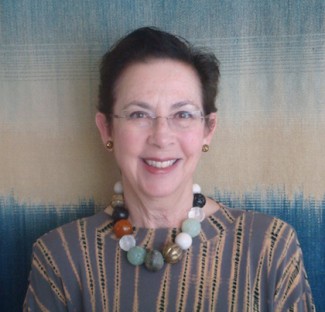 Barbara Shapiro is a weaver, dyer and basket maker. She has shared her rich knowledge of historical and ethnic textiles and her broad technical experience at San Francisco State University and in workshops around the U.S.
Barbara Shapiro is a weaver, dyer and basket maker. She has shared her rich knowledge of historical and ethnic textiles and her broad technical experience at San Francisco State University and in workshops around the U.S.
Shapiro’s hand-woven silk wall works and plaited and coiled baskets have been exhibited internationally. Indigo dyeing is her specialty and informs much of her current work. Her work and writing on textile subjects are frequently published; this is her third story for SDA NewsBlog.
She is a past board member of Textile Society of America and an advisor to San Francisco Fine Arts Museums’ Textile Arts Council.
Visit her website at www.barbara-shapiro.com
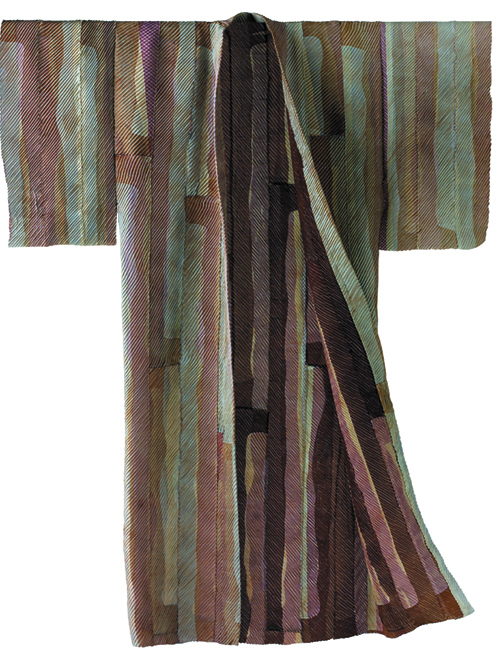
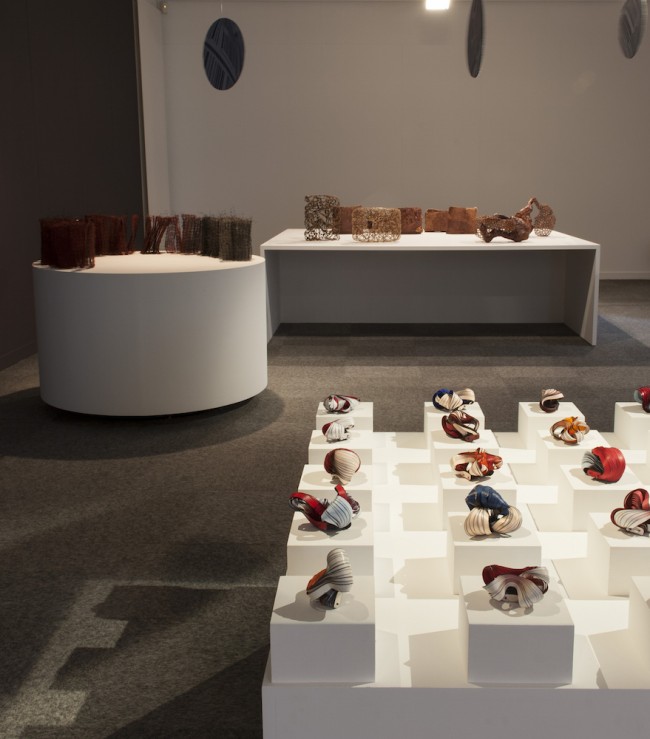
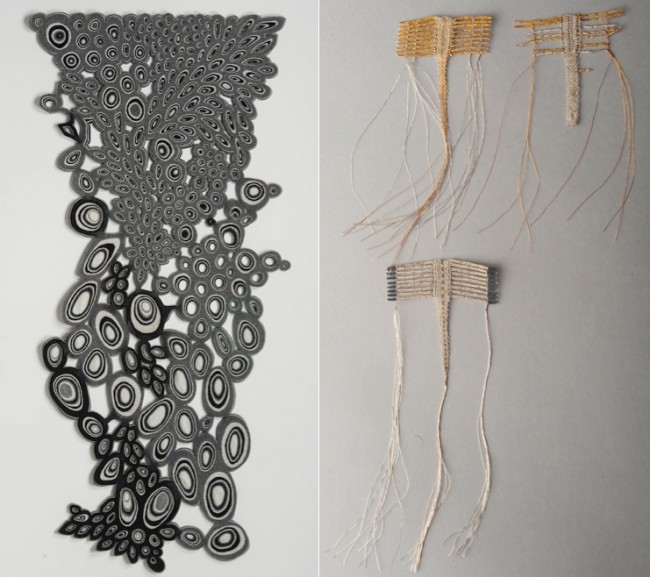
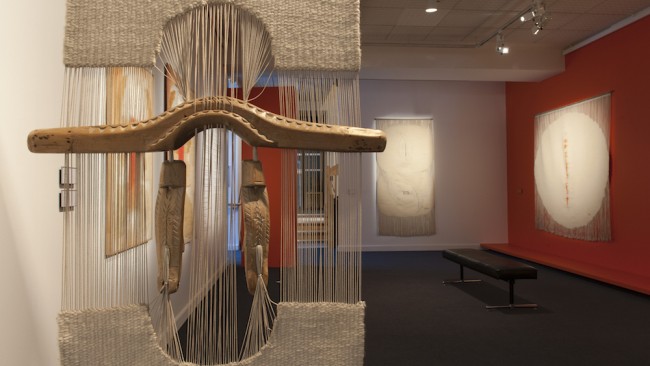

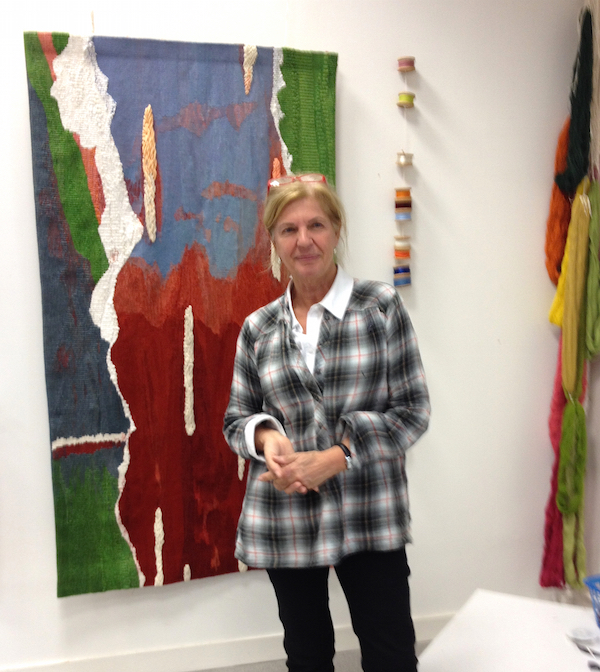
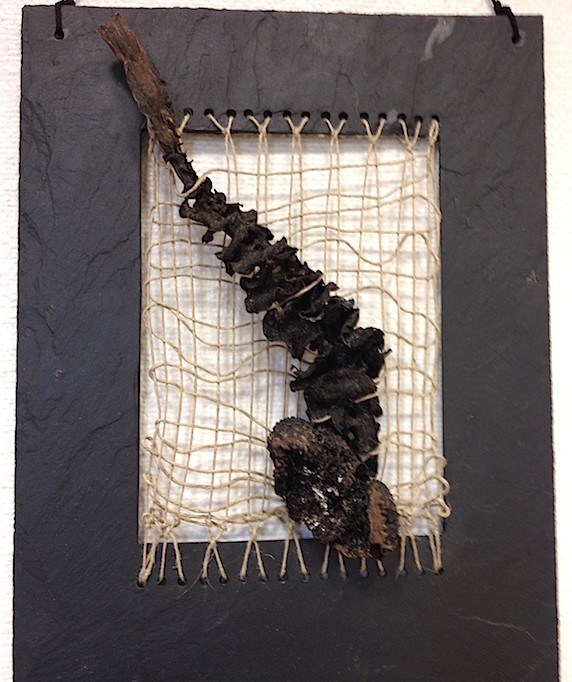

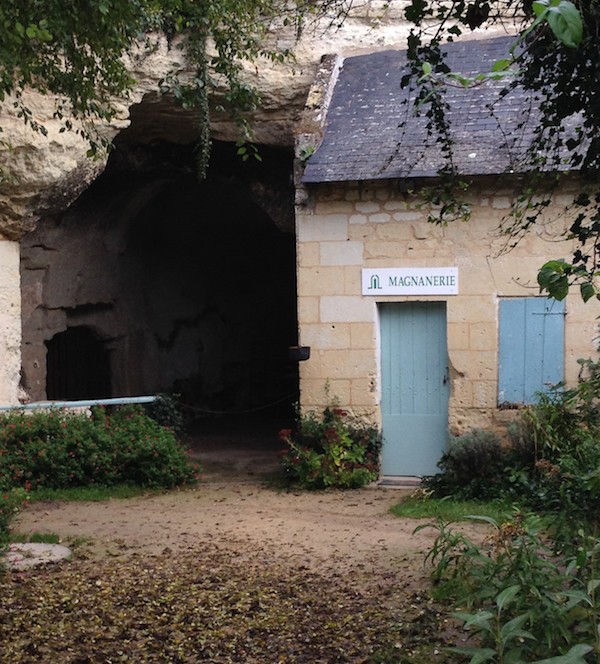
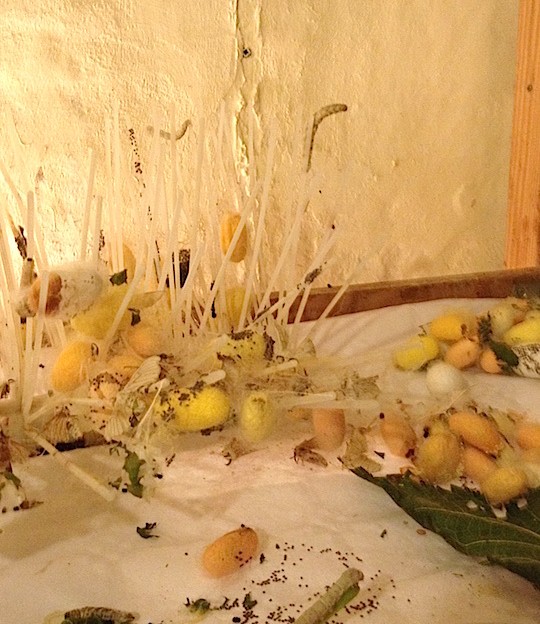
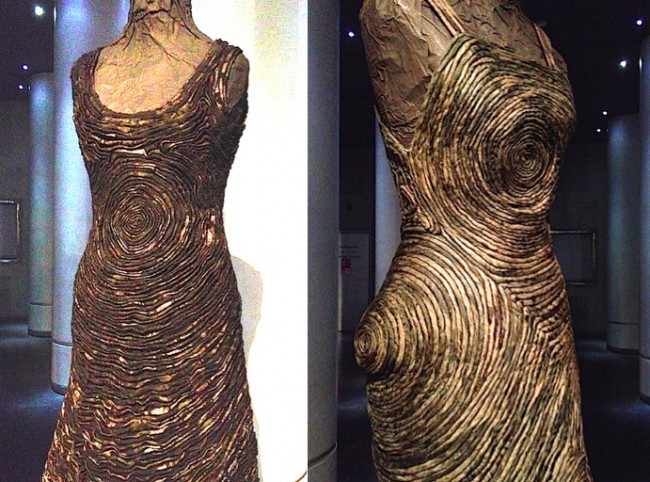
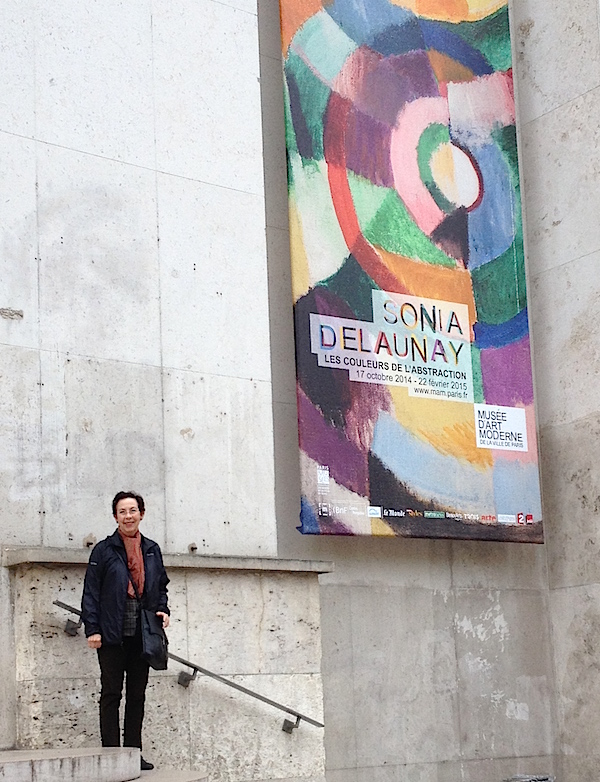
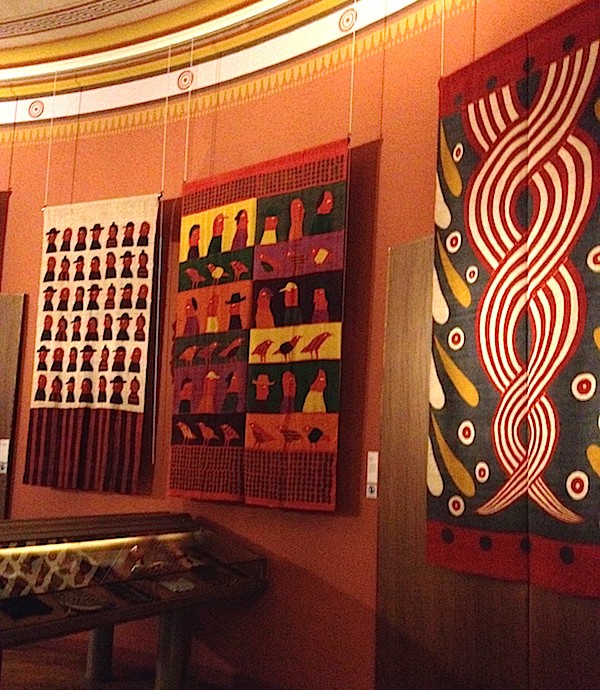
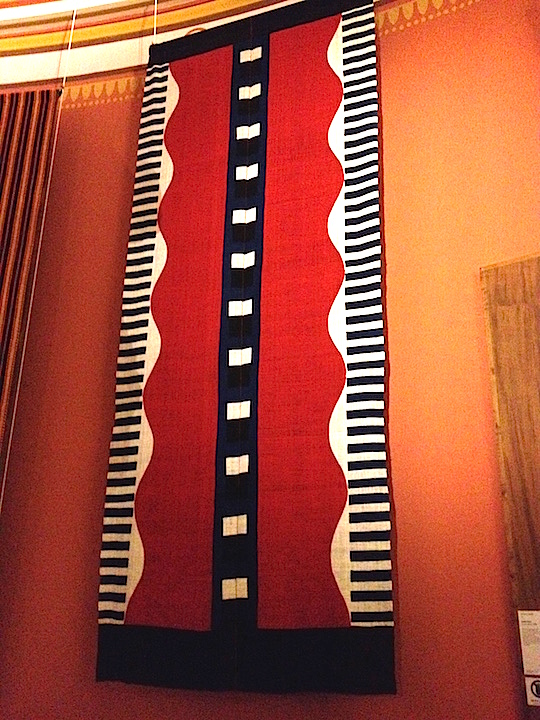
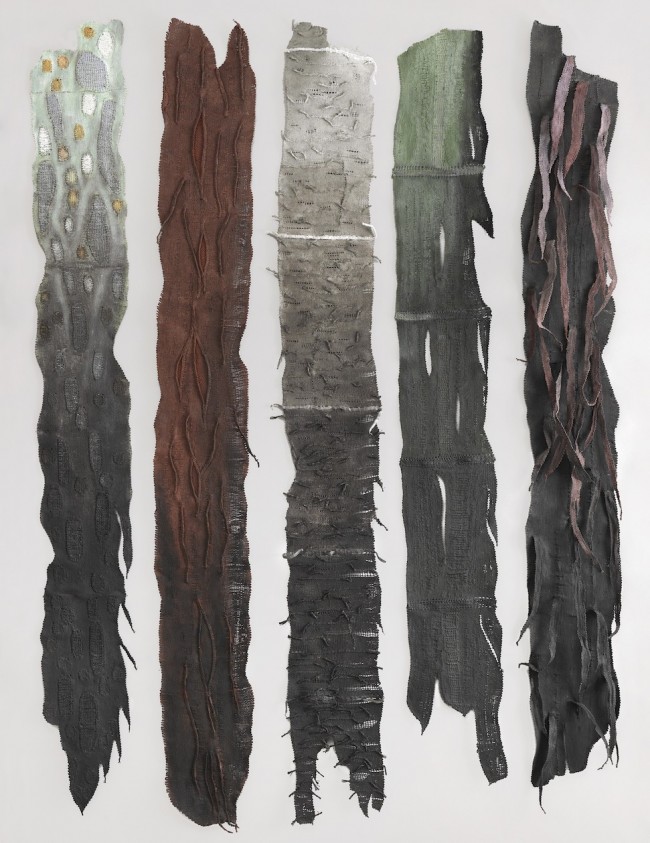
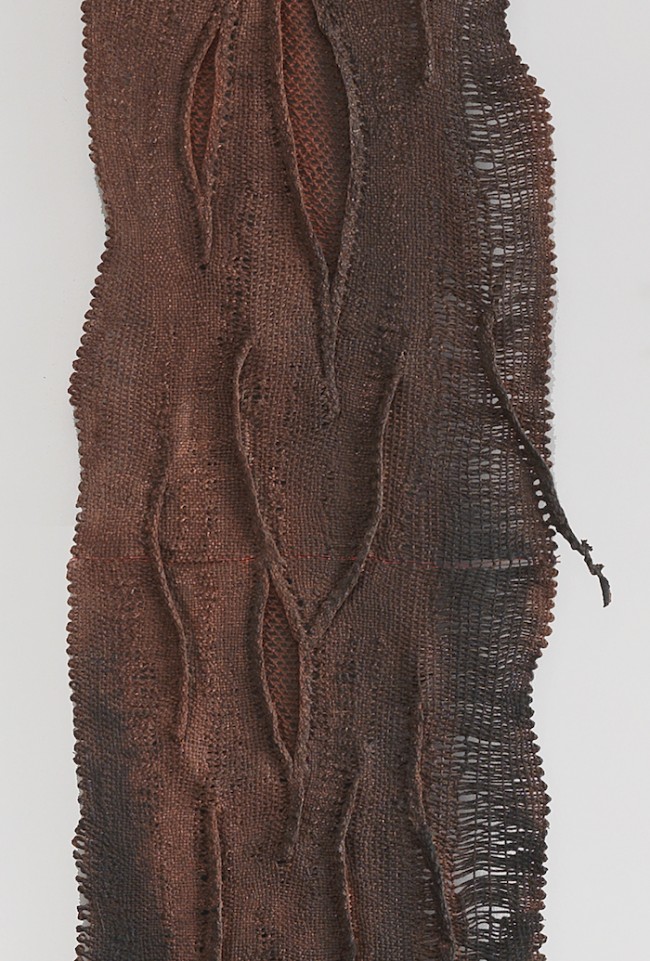
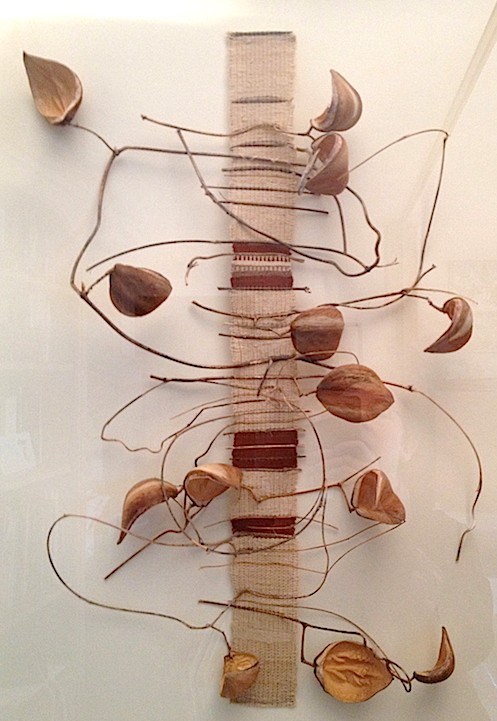
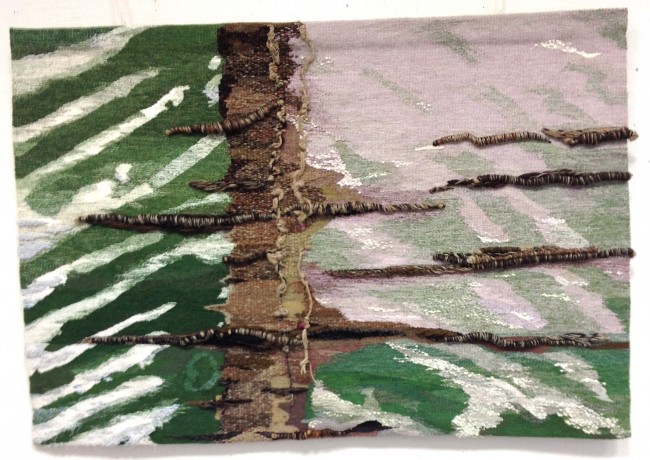


9 Comments
marie jo CHERET says
June 4, 2015 at 7:46 am
J'ai regardé avec attention ce site et vous remercie d'avoir présenté la tapisserie d'Angers. L'atelier des Liciers Angevins est le dernier sur Angers, il est soutenu par la ville. Nous organisons des expositions et présentons notre travail dans la région mais aussi dans toute la France. Bien à vous Marie-Jo CHERET site : mariejo.jimdo.com site de l'atelier : liciersangevins.jimdo.com
Peggy Osterkamp says
June 9, 2015 at 12:38 pm
Looks like a wonderful trip. Could someone organize a tour to these places?
Regula Allenspach Weill says
June 9, 2015 at 5:58 pm
Barbara, I can tell, you enjoy doing those recaps while presenting your endless talent to the industry. .... What ever you touch is laced with top QUALITY...... Thank you, Regula
Destiny Kinal says
June 9, 2015 at 9:13 pm
When researching the Huguenot silk industry for my first book in the Textile Trilogy, Burning Silk, I visited La Magnanerie and met the maitresse de la soie and her daughter. I am so sorry to hear about pesticides and mulberry trees. The French are so proud of their patrimonie in silk that I am surprised they would compromise it this way!
Norma Tarrow says
June 11, 2015 at 2:53 pm
Wonderful article, Barbara---terrific photos. I forwarded to my "textile involved" friend in Israel. Norma
Rose Kelly says
June 16, 2015 at 10:34 pm
How interesting to see the work of textile artists in France, a county whose contemporary textiles get little recognition. I especially enjoyed the work of Francoise Micoud. Thanks for sharing information and images from your trip.
Line Dufour says
July 8, 2015 at 5:02 pm
Thank you for sharing this incredible experience with us!
Davida Rabbino says
August 7, 2015 at 3:08 am
Your writing style and information is a pleasure to read. Your ability to bring us into the studios and galleries to appreciate the techniques lends great interest to your textile choices. It is always a pleasure to learn from you.
MARTINE PLAIT says
October 11, 2015 at 1:40 pm
BRAVO POUR VOTRE TRAVAIL ET MERCI DE PARLER DE LA TAPISSERIE ET DE L'ART TEXTILE A ANGERS
Related Blog Articles
Exhibitions
“Beyond the Surface: SDA 2019 Conference” by Mary Elmusa, Kansas member
Exhibitions
Friday Fibers Roundup: Entertainment & Fashion
Exhibitions
Friday Fibers Roundup: Craft & Color